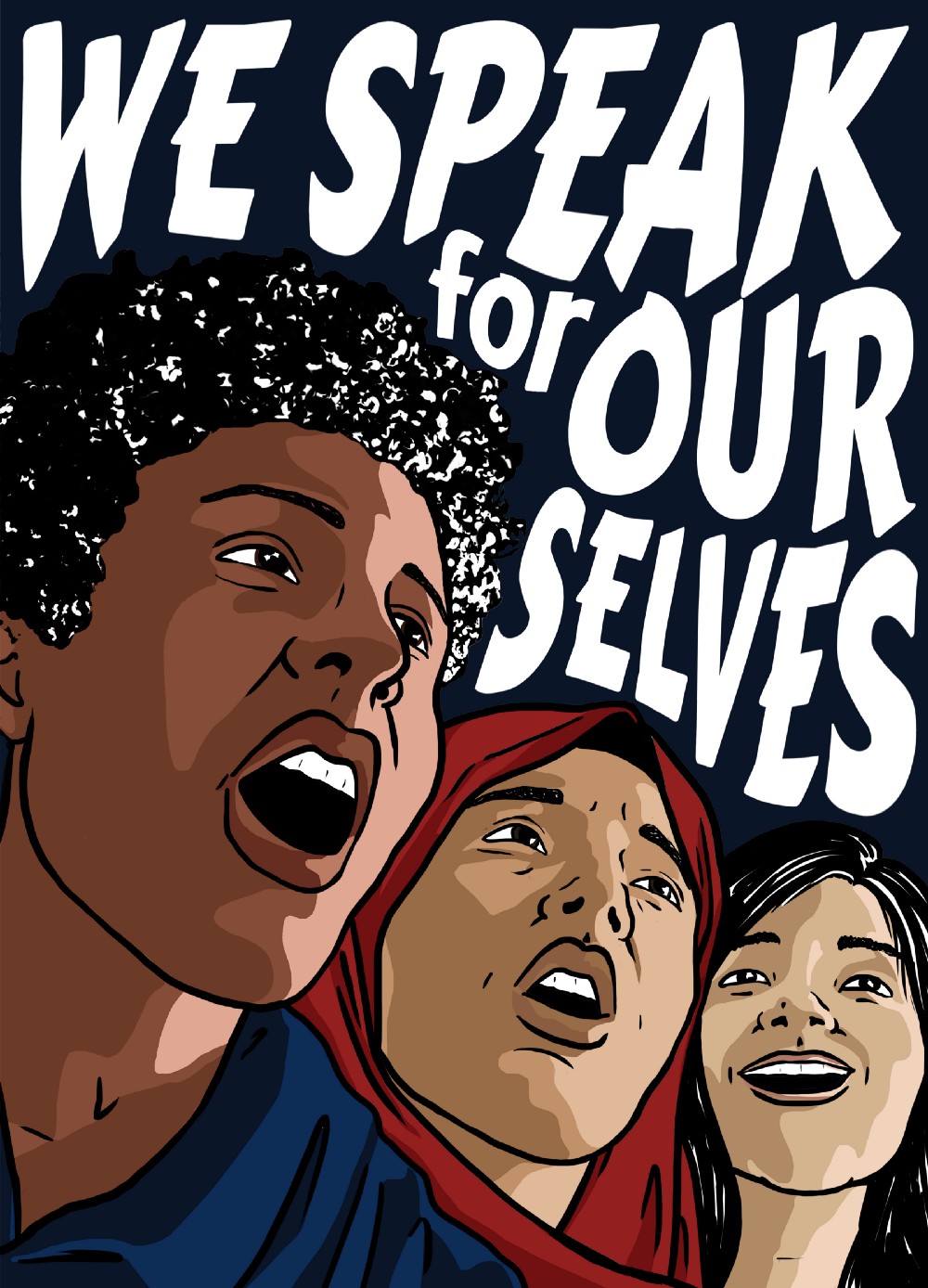
Taking a seat at the table
A few weeks ago the Global Campaign for Education (GCE), hosted its 6th World Assembly in Kathmandu, Nepal. The theme was: Transforming Public Education Systems For Equality, Inclusion and Justice. Staying true to the theme, GCE ensured that youth were part of the conversation. They hosted a Youth Caucus November 14th and 15th and invited youth to present at the GCE event and to participate in the World Assembly.
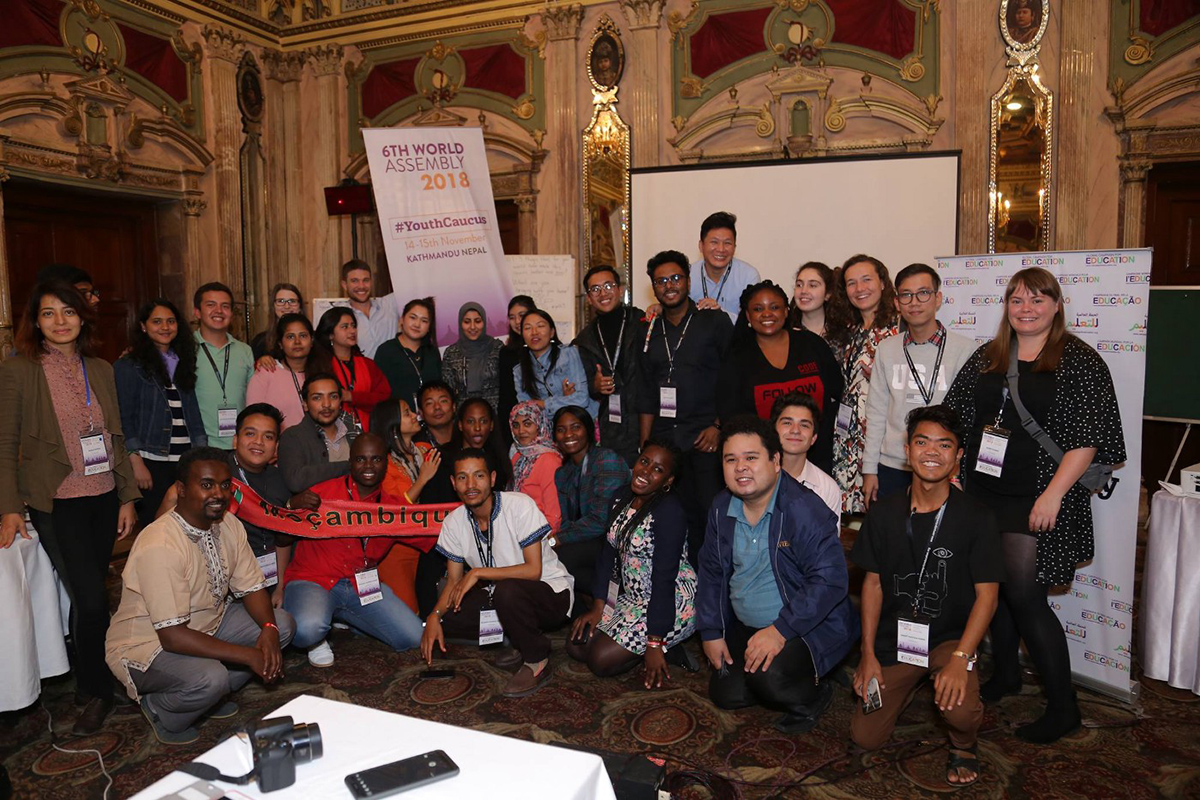
One of the key objectives of the Youth Caucus was to ensure youth representation within the global network of civil society organisations that comprise GCE. These global education advocates and activists represented regional, national organisations, mainly youth led, and INGOS. They work on the intersections of education and areas such as LGBTQI+ rights, financing, higher education, student unions, gender equality, disability, conflict and human rights.
The diversity of expertise within the group led to knowledge sharing, innovative perspectives on how to transform public education systems, and critical discussions on the state of youth activism within education globally. Each participant viewed public education systems and the methods in which youth can transform it through a different lens and had examples of how they were already working to transform the system. The Columbian participants spoke of the national student strike to protest defunding of public universities. While a Nigerian spoke of the methods African youth are tracking education financing money to keep governments accountable. Nepali youth spoke of the gaps they found in their research on public schools within Nepal. An advocate from Zimbabwe shared how her organisation is hosting trainings on school-related gender-based violence (SRGBV) for both teachers and students. A Canadian shared the lobbying with politicians Canadian youth did to ensure the government supported the G7 Campaign for Girls Education in Crises.
Grassroots activism, policy, research, human and resource mobilisation, and financing. This is the how…
Youth are bringing the message of creating inclusive, equal and just public education systems based on their personal experience of exclusion across a range of factors.
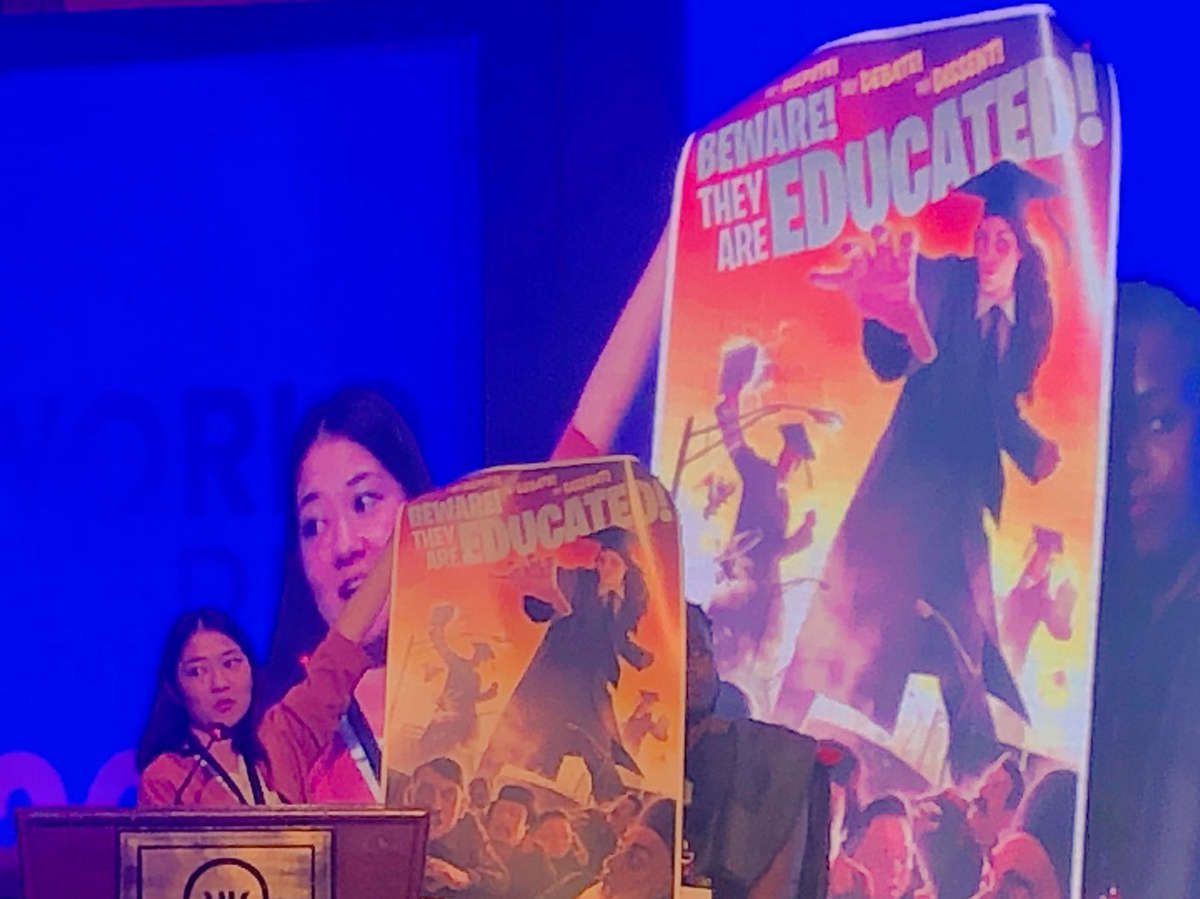
And this is what…
Across all other areas of concern, a common (and perhaps unexpected) thread is the reality of gender-based violence that keeps negative gender norms in place and denies millions of students across the world their right to a safe and quality education. Youth are at the front lines of the battle to end SRGBV — working to break the cycle of power and violence and create the world they want now and in the future.
Whether it’s gun violence, sexual harassment, corporal punishment, being shamed for menstruating, or teachers raping students, it is happening in the countries the youth represented. When I asked whether there were youth movements in their countries addressing this, answers varied. Often youth activists fighting violence are faced with violence. A Norwegian participant spoke of how her organisation is tackling this, specifically through the media. Youth are mobilising at the community level and national level.
I could tell you about the common barriers that were identified, our hopes, our suggestions on GCE’s strategic plan, and our plans, but those are all words. And we need action. So, watch this space. Keep your eyes open for acts of resistance by students, young people lobbying their officials, tracking the finances, challenging gender norms in their schools; working on the local, national and international spaces.
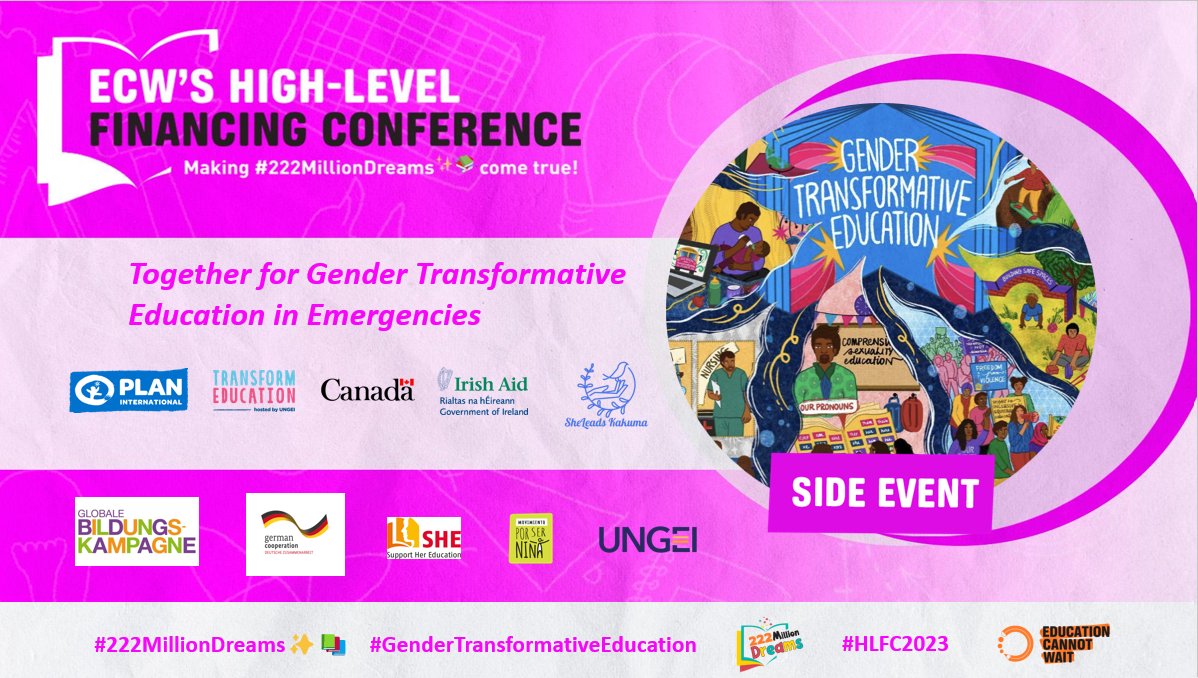
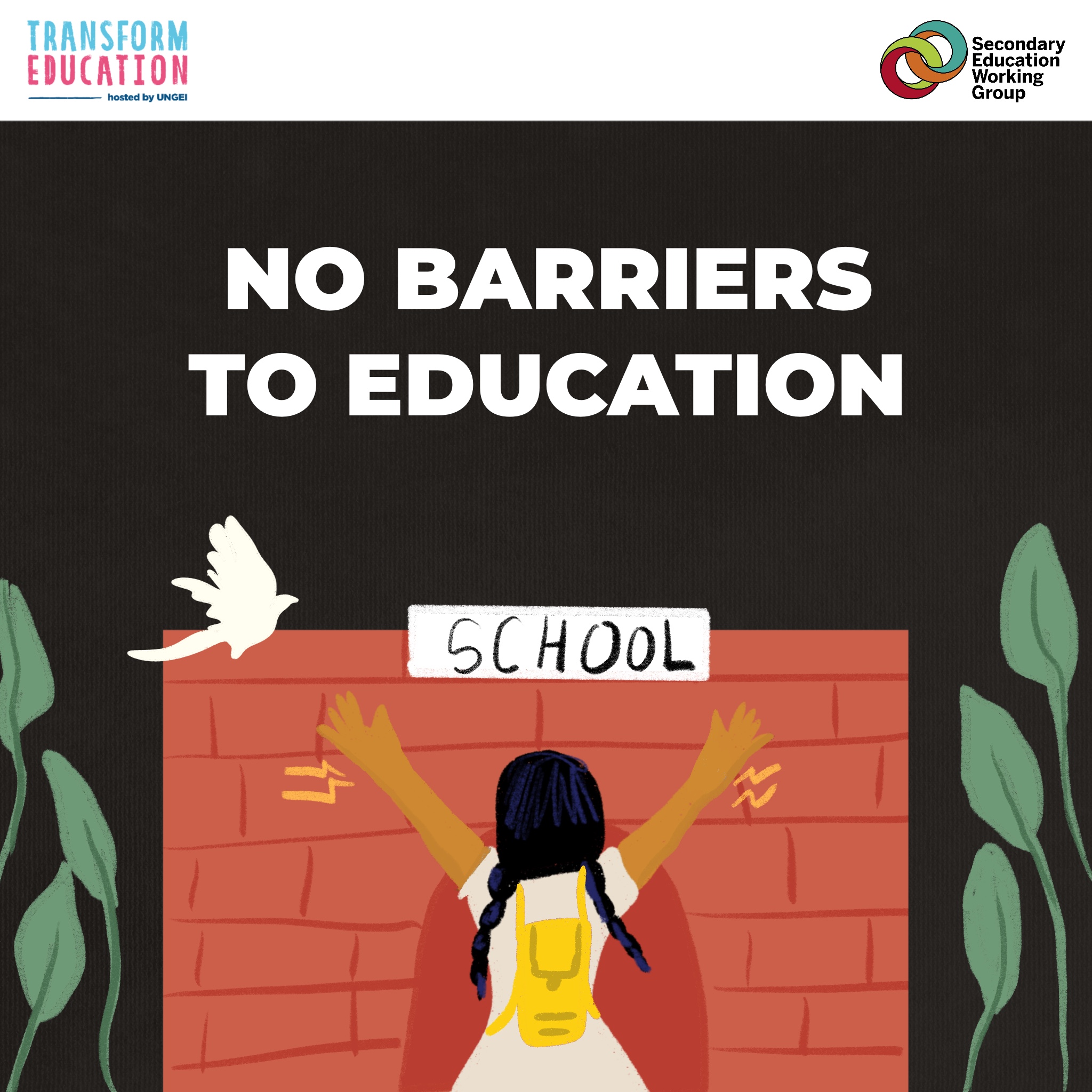
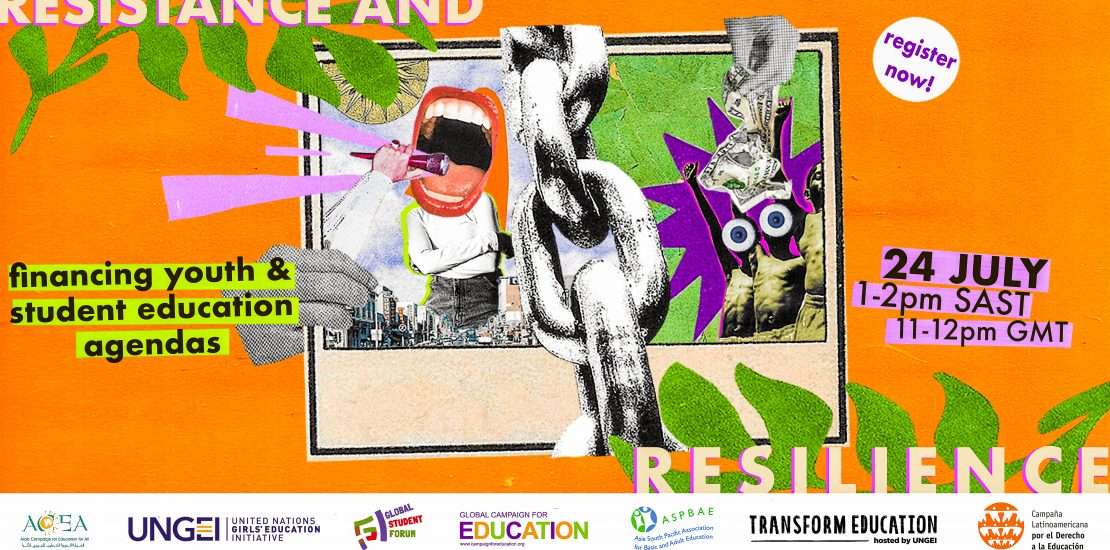
 English
English العربية
العربية Български
Български Hrvatski
Hrvatski Čeština
Čeština Dansk
Dansk Nederlands
Nederlands Suomi
Suomi Français
Français Deutsch
Deutsch Ελληνικά
Ελληνικά हिन्दी
हिन्दी Italiano
Italiano Română
Română Русский
Русский Español
Español Maltese
Maltese Zulu
Zulu አማርኛ
አማርኛ